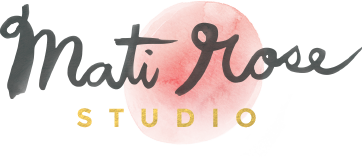hello out there,
i have been thinking a lot about the creative process… of getting dressed in the morning and of painting.
i think it is hard to start with a pristine canvas or birthday suit. once you have a starting point, like a found photo placed on canvas or a striped shirt off the ground, it is easier to build upwards with that starting point. i’m realizing the thrill of creating for me often comes with a challenge of how can i convert this little piece of “trash” and make it beautiful?
i think this is why i love not only Robert Rauschenberg, but Don Freeman author/illustrator one of my favorite children’s books: corduroy, of the little scruffy bear consistently looked over in the department store. in fact, my first ever real blog post was on little corduroy!
In Mr. Freeman’s words: “… I also wanted the story to show the vast difference between the luxury of a department store [and] the simple life [most people live]. The idea of simple basic values was another theme that was running around in the back of my head”.

on the topic of found shirts… i have started documenting mine almost daily on flickr. the theme that has emerged is under $5. i have a knack for finding bags of clothes discarded… hand me downs left to the street. part of me feels slightly embarrassed by this, another feels pride for resourcefulness. Join me in the self-portrait shirt project if you will:)
linking Rauschenberg to Corduroy and his missing button.
i picked up a new book on Rauschenberg by Sam Hunter at SFMOMA (along with Amy Cutler’s book by Lisa Frieman, who yippeee I just saw is having a show in NYC that I can see in a couple weeks!) and have been reading it in the morning to inspire me, i just finished moments ago in fact.
What I learned from my readings is that R was dyslexic: “I already see things backwards! You see, in printmaking everything comes out backwards so printing is an absolute natural for me”. I love the ingeniousness of how this challenging way of seeing the written world makes him a super power in printmaking.
I also love how he credited his seamstress mother Dora for where he ‘learned collage’. “During the Great Depression, when the entrie nation shared the need to scrimp, she was admired for her ability to arrange paper patterns so tigthly that not a scrap was wasted; it seems that her economy and ingenuity were not lost on her gifted son…”
And what I most love is his bridging of art and life, and philosophy of himself as a medium between the two. He hardly took credit for his work: “Today,” he wrote, “is their creator.”
Today I feel inspired to go to my studio and see what happens, right now!
